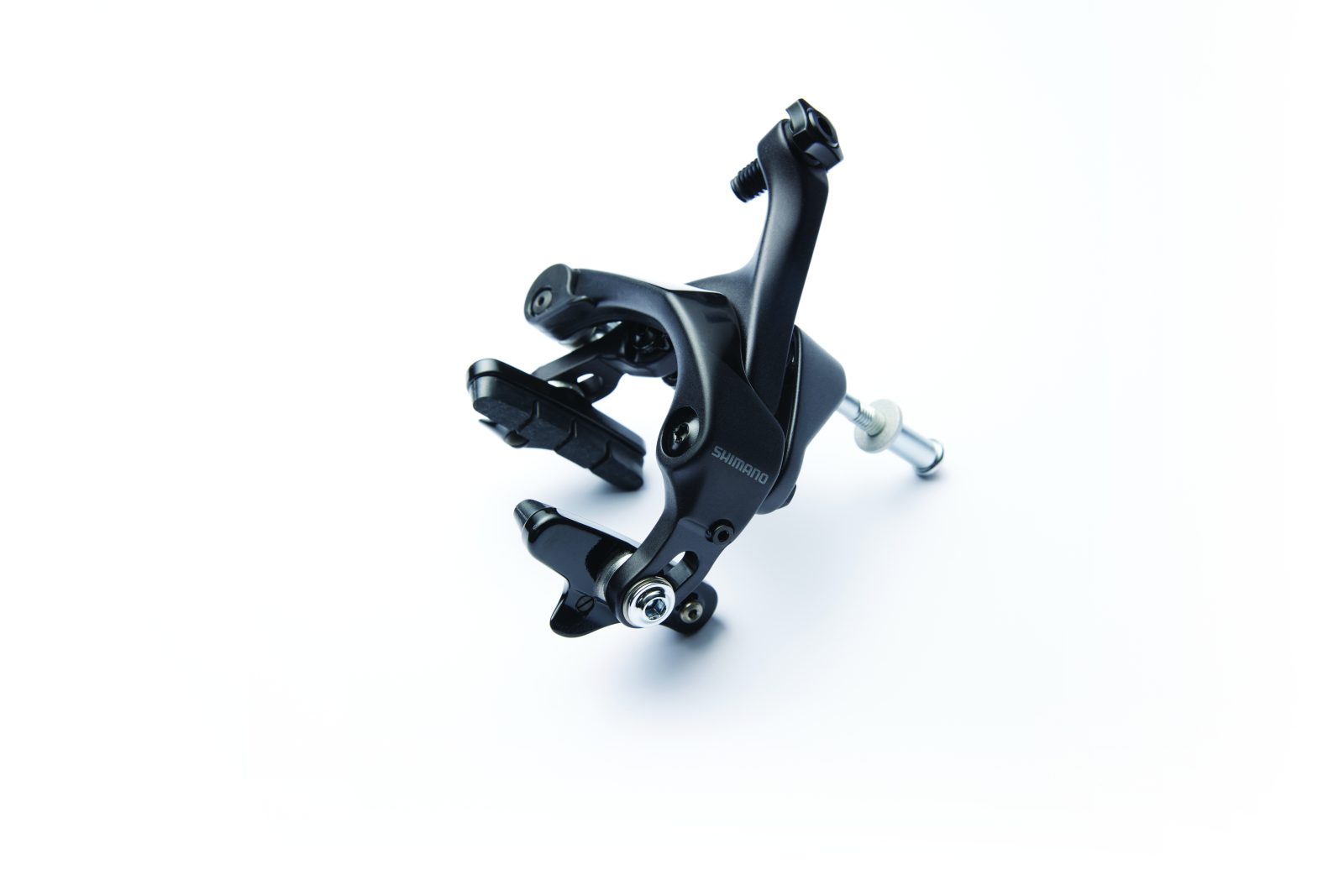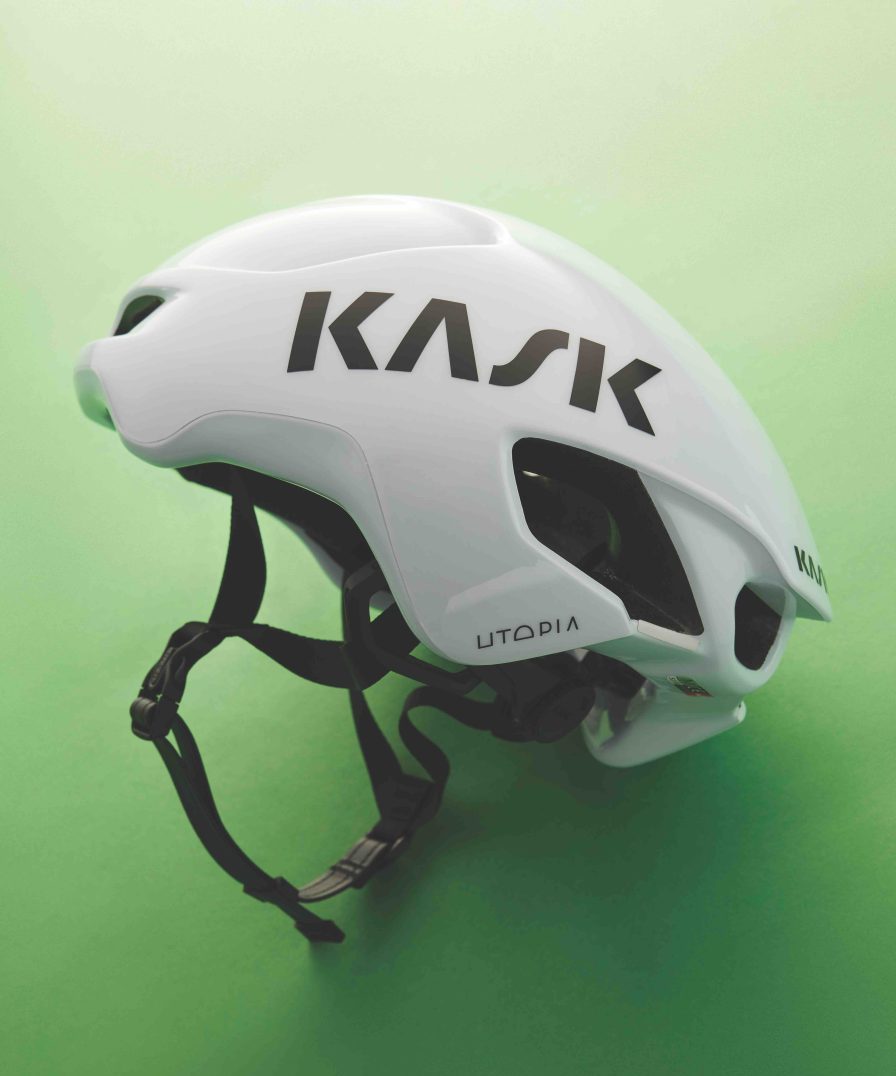Chop it, whizz it, drink it…smoothies are a great way for cyclists to get the right nutrition – fast. We’ve enlisted expert help to find the best bits to feed your blender.
‘I cook with wine. Sometimes I even add it to the food,’ said author, drinker and all-round misanthropist WC Fields. Therein lies one of the problems with cooking: it can turn out, even with the best intentions, to include unhealthy and unnecessary ingredients that perhaps weren’t originally on your list. It can also be hot, protracted and laborious work when your time would be better spent on a bike. But there’s a solution, in liquid form, and it’s not wine. It’s smoothies.
Smoothies aren’t a substitute for meals – you need to get something solid inside you regularly (stop sniggering at the back) – but the food processor has opened up a whole world of fresh nutritional possibilities.
‘They’re an easy way to get calories from good sources into the body,’ says performance nutritionist Drew Price, author of The DODO Diet. ‘Liquid nutrition is a good answer to the problem of meeting calorie needs.’
‘They’re also a great way of getting the right nutrients because you can add not
just fruit but vegetables and other healthy ingredients,’ says sports nutritionist and dietitian Sarah Schenker. ‘Cyclists – and especially endurance cyclists – can be more prone to infections because repeated training bouts can weaken the immune system. They have an increased requirement of vitamins and minerals to stay healthy as well as fit.’
Smoothies can also save you money, because their ingredients aren’t restricted by ‘best before’ dates (within reason). ‘They’re a great way of using up fruit, veg and other ingredients that you might not otherwise eat before they go off,’ says Schenker. ‘Bananas that are slightly past their best aren’t very attractive, but that doesn’t matter once they’re blended. Smoothies are cheap, portable and don’t bruise.’
They’re versatile too, and you can’t have too many of them. ‘You can use them in
three main ways,’ says Price: ‘Post-training, pre-training (within two hours) and to get extra nutrients between meals.’
‘They can make a significant contribution to a healthy lifestyle,’ says Schenker. ‘If you’re serious about sport, you should be serious about nutrition 80-90% of the time, not just pre or post-training.’
Chuck it all in
There are hundreds of recipes online, but Schenker suggests experimenting: ‘It’s trial and error. Some sites add unhealthy stuff for taste, but that’s not necessary or recommended if you’re in training.’
‘Pre and post-training you’ll lean towards carbohydrate for fuel and to aid recovery, with a little protein and less fibre,’ says Price. Between meals and for breakfast you want a mixed meal: carbs, protein, fats and fibre.’
‘Low-fat Greek yoghurt is a good base ingredient,’ says Schenker. ‘It’s a great source of protein – double that of standard yoghurt – and amino acids that promote muscle repair. Fruit juice is ideal too. Orange juice is high GI [a high score on the glycemic index means it releases energy into the bloodstream quickly] and can be used for fast-release energy [within 30 minutes], but apple juice is low GI so can be used for slow-release energy over three to four hours.’
‘Pre and post-training you could have something like orange juice, banana and plain whey protein,’ says Price. ‘For a shake you could use mixed frozen berries, almond butter and quark all blended in water.’
Over the next three pages we’ve picked the best vegetables, fruits and additional ingredients to fuel your riding. The only thing for you to do now is raid your cupboards and get experimenting. Just remember to steer clear of the wine rack.
The pick of the crop
If you’re not getting enough veg with your main meals, smoothies are a great way to top yourself up with their vital nutrients – and you can mask the flavour by blending with sweeter-tasting accompaniments. Our experts choose six of the best

- Ginger
‘It’s not oversweet and it’s bursting with goodness,’ says Schenker. Ginger is good for the immune system and joint health, thanks to its high content of ‘gingerol’, which is an anti-inflammatory compound. Even better, a study at the University of Georgia found that taking ginger daily reduced exercise-induced muscle pain by 25%.
- Watercress
‘Watercress is incredibly healthy,’ says Schenker. Gram for gram it has more vitamin C than oranges, more vitamin E than broccoli, more calcium than whole milk and more iron than spinach. It’s also high in beta-carotene, which your body converts into Vitamin A.
- Mint leaves
As well as adding a bit of zing to your smoothies, ‘mint is a stimulant that can help brain function,’ says Schenker. It also stimulates the enzymes in the digestive system so is good for helping to maintain a healthy weight, which is of course essential for training and racing at your best.
Carrots ‘A great base ingredient,’ says Schenker. ‘They are rich in vitamin A and contain carotenoids that help heart health.’ The beta-carotene that turns to vitamin A is also an antioxidant that helps keep the body’s cells healthy.
- Pumpkin
They’re not just for Halloween. ‘Pumpkins contain vitamin A, vitamin C, fibre and potassium,’ says Price. Plus the seeds contain phytosterols, plant-based chemicals that have been found to reduce LDL or ‘bad’ cholesterol, and tryptophan, an amino acid that produces the feel-good chemical serotonin in the brain.
- Baby spinach
‘It blends easily and doesn’t taste of much,’ says Price. Green, leafy vegetables such as spinach are another good source of vitamin K. Spinach also contains iron, which helps metabolise protein and plays a role in developing haemoglobin and red blood cells, although it doesn’t actually make your biceps magically pop out as has previously been rumoured.
The fruits of your labour
Bananas are nature’s energy bars, and apples keep the doctor away, but here our panel recommends six of the less obvious health-giving fruits that you should add to the mix

- Passion fruit
‘Passion fruit is a great source of magnesium,’ says Schenker. This mineral helps with energy production, keeps bones healthy and aids both the digestive and nervous systems. Passion fruit also contains vitamin C to boost the immune system, and fibre, which helps remove unhealthy cholesterol and aids digestion.
- Figs
‘Fresh figs contain more potassium than bananas,’ says Schenker. Potassium lowers blood pressure (reducing the risk of stroke and heart disease) and helps your brain, muscles and nervous system function properly.
- Papaya
‘Deep coloured fruits such as papaya contain beta-carotene, which is converted into vitamin A to support the immune system and the body’s mucus membranes,’ says Schenker. Mucus membranes line cavities that are exposed to the air, such as nostrils, lips, ears and other places we don’t want to discuss. Vitamin A helps keep those cavities moist and healthy.
- Blood orange
‘Blood oranges are generally softer than “standard” oranges and have more antioxidant phytochemicals,’ says Price. The fruit’s red pigmentation contains anthocyanins, natural compounds with anti-inflammatory properties that are also good for preventing infections and reducing the risk of heart disease. Blood oranges are rich in vitamins A and C to give your immune system even more of a boost, plus B9 (folic acid) for heart health.
- Avocado
‘Like figs they contain more potassium than bananas,’ says Price, ‘as well as having vitamin K, which helps build strong bones and plays an important role in cardiac health.’ Vitamin K is also necessary for blood clotting, which means it helps wounds heal properly should you come off the bike.
- Kiwi fruit
‘Kiwi fruit is sharp to taste and blends well with vegetables,’ says Schenker. ‘The pips can also give your smoothie a bit of bite. Most importantly it’s high in vitamin C.’
Best of the rest
There’s plenty of other stuff you can keep in your kitchen cupboards or the fridge to give your smoothies an extra nutritional kick

- Hummus
‘The chickpeas in hummus are a great source of fibre,’ says Schenker. Hummus also contains olive oil, which is high in ‘good’ monounsaturated fat (which helps regulate cholesterol and protect the heart), but low in ‘bad’ saturated fat, which clogs the arteries.
- Peanut butter
‘It’s high in protein but also high in fat, so only use one tablespoon,’ says Schenker. Look at the positives though: although peanut butter contains saturated fat it also contains healthy monounsaturated fat. It’s rich in potassium, can give you an energy boost thanks to its calorie content, and is rich in vitamin E, which promotes healthy skin and aids brain health.
- Plain whey protein
‘This goes with fruit or dairy,’ says Price. It’s one of the easiest ways to take on board protein to aid muscle recovery after a ride or, if you supplement your riding with gym work, a weights workout. Protein helps repair the tiny tears in muscle fibres that are the result of using weights – they then grow back stronger.
- Seeds
‘Sunflower or sesame seeds don’t blend well, but hemp seed powder does, and seeds are full of nutrients,’ says Schenker. Hemp seeds contain amino acids, protein, essential fatty acids and phytonutrients, the disease-protective element of plants with benefits for your immunity, blood, tissues, cells, skin and organs.
- Coconut milk
‘Or fresh coconut if you have the time to bash it open,’ says Schenker. Coconut milk is rich in fibre, vitamins and minerals including iron, selenium, calcium and phosphorous. Selenium protects cells from damage, while calcium strengthens bones and phosphorous gives you more energy and helps regulate hormones.
- Cinnamon
‘Cinnamon helps regulate blood sugar, which is useful if you are taking on sugary energy drinks,’ says Price. It also contains fibre, iron and manganese, which helps bone health, calcium absorption and tissue formation.


